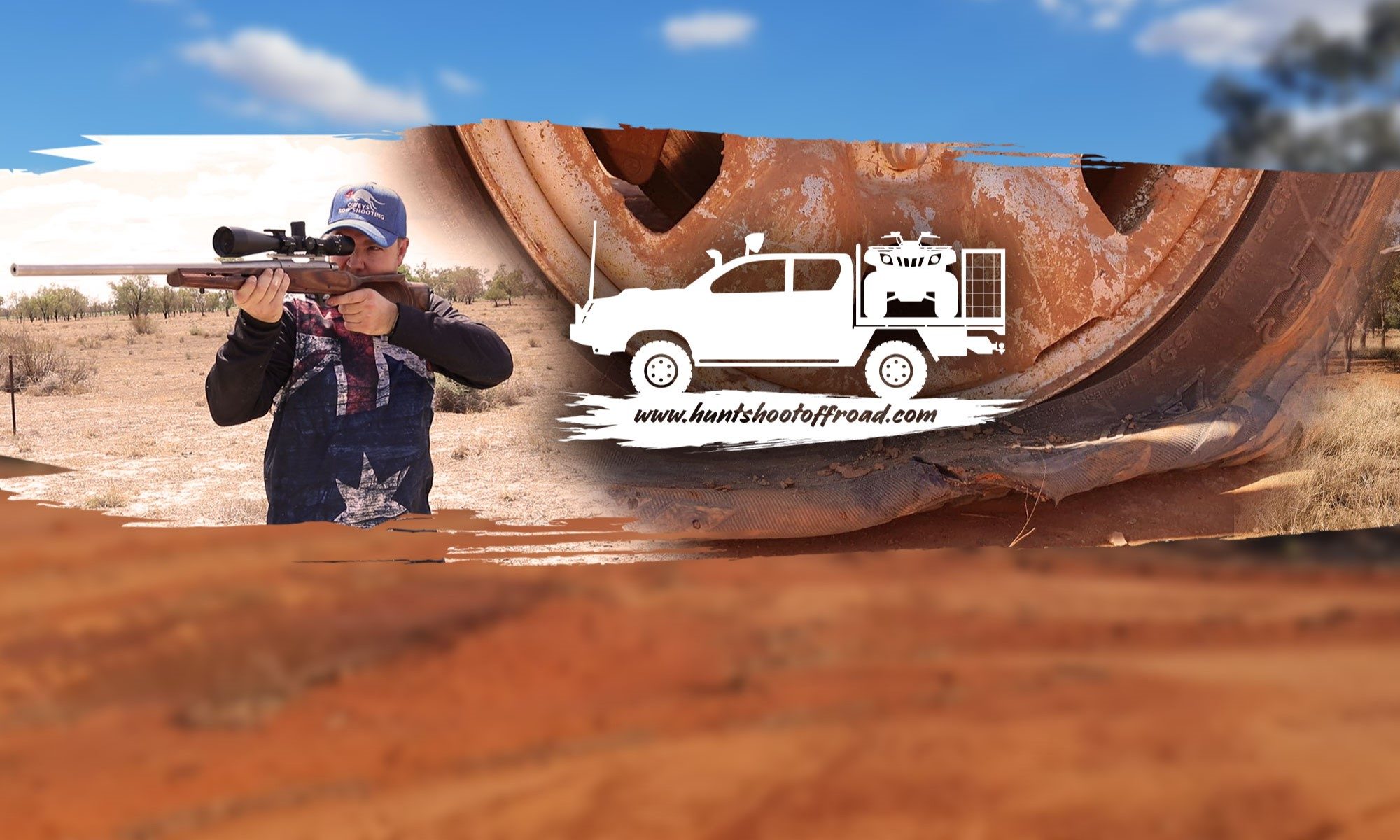Trailer axles
Single trailer axle VS Tandem trailer axle
Single axle trailers have one axle with two wheels. Tandem axle trailers (also known a dual axle trailers) have two trailer axles with four wheels.
Some people will argue that single trailer axle is fine they are lighter and reduce maintenance because of less parts. They do cost less, they are easier to maneuver by hand and easier to maneuver in tight situations.

There are a few reasons I like tandem axles.
- They are a lot more stable when they aren’t attached to the vehicle. Less likely to tip up etc if you stand on the back or unintentionally put some weight on the back.
- If you break; an axle, a hub, a wheel or a spring sometimes you can run the trailer on one axle (be mindful you have halved your GTM) by removing the wheels of one axle (preferably the non-braked wheels).
- Better suspension set-up for off-road
- Tow better at high speeds
- Spread of load across the chassis
- A flat tyre has dramatic less affect
- Lower rated tyres (weight carrying ability)
- A lot less wear on the tyres
- Easier to learn to reverse
If your going to have a reasonable length trailer, a tandem axle is just common sense. As your spreading the load across the chassis which is important under heavy duty use like we do going out west.
With tandem axles it’s also harder to increase your draw-bar weight (you still need to need aware of it though).
Construction
It would be good at this point to point out to buy solid axles and not weld on hubs. Less points for breakages is a good thing, especially on corrugations along way from home.

Axle placement
Be mindful of your axle placement, there are lots of camper trailers out there with single axles placed to far back and this puts massive draw bar weight on your vehicle.

Draw bar weight is included in your GVM and excessive weight ruins the ride handling. At www.trailersauce.co.nz they recommend 75mm rear of centre.
Trailer axles recommendation
Tandem trailer axles are the way to go. I’ve spoken to quite a few hunters about their trailers. Only those with single axles have regretted not going tandem and would definitely go dual axle it if they did it again.
Next hunting trailer topics
Deck Material, Length and Width
Deciding on trailer Springs
Choosing trailer brakes
Which coupling/hitch for a hunting trailer coupling
Perfect Hunting Trailer Type
Wheels for a hunting trailer
Trailer finish and accessories















